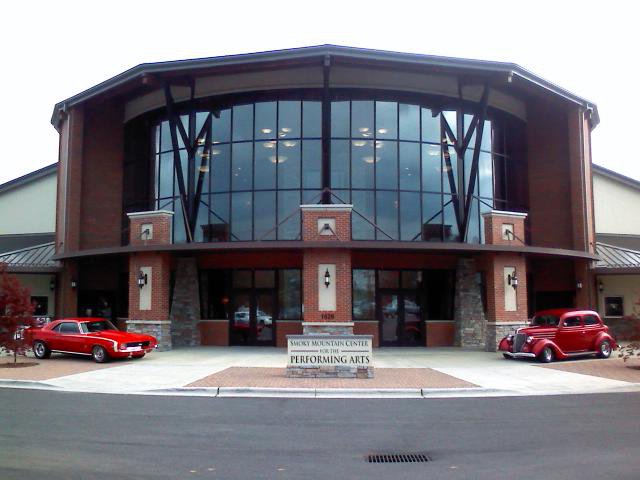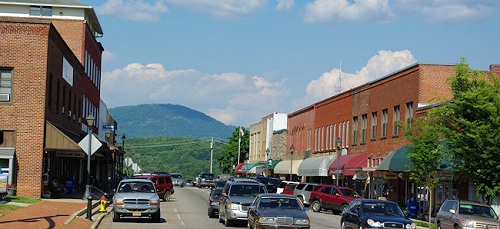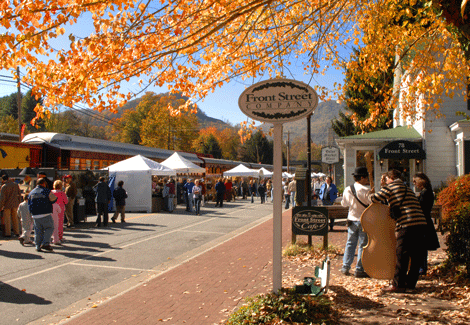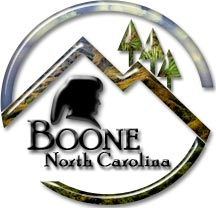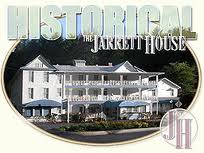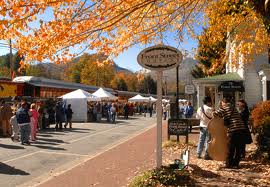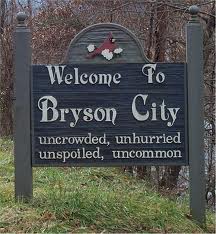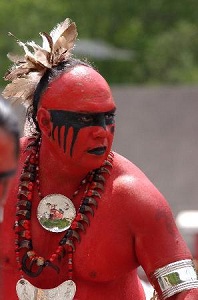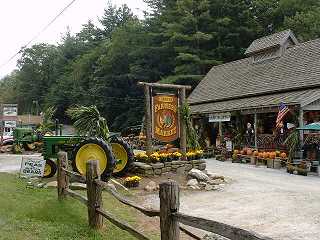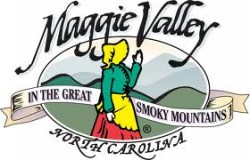Places everybody! You’re likely to hear just that, or something similar, if you find yourself in the middle of Franklin, NC. Coming from one of the side streets just off the main drag that is. The Smoky Mountain Center for the Performing Arts (SMCPA) is a hidden gem in a small, tucked away town in the Smoky Mountains.
 The Smoky Mountain Center for the Performing Arts is more than just a small, local theater showcasing community talent every couple of months or so. The SMCPA’s vision rivals many of your mid-size city venues with a yearly calendar of performances. For the common theatre “goer”, you’ll find a state-of-the art facility featuring free parking right outside the main entrance, refreshments in the lobby, and a coffee bar with all the trimmings. Ushers greet and direct guests throughout the venue and work as great ambassadors for the city sharing their recommendations on places to eat, stay, and visit.
The Smoky Mountain Center for the Performing Arts is more than just a small, local theater showcasing community talent every couple of months or so. The SMCPA’s vision rivals many of your mid-size city venues with a yearly calendar of performances. For the common theatre “goer”, you’ll find a state-of-the art facility featuring free parking right outside the main entrance, refreshments in the lobby, and a coffee bar with all the trimmings. Ushers greet and direct guests throughout the venue and work as great ambassadors for the city sharing their recommendations on places to eat, stay, and visit.
The SMCPA officially opened its doors in 2009 and since then has seen many notable musical performances from such stars of stage and screen as Kenny Rogers, country music group Little Big Town, Lee Greenwood & Louise Mandrell, Guy Penrod & Lynda Randle, plus worldly-known acts like the Nutcracker Ballet performed by the Russian Ballet Company and the Wizard of Oz. Even movies (this Christmas, The Polar Express and It’s A Wonderful Life) are shown each month to take advantage of the theatre’s wondrous appeal.
The Overlook Theatre Company, from the Franklin community, performs a variety of plays throughout the year in the Smoky Mountain Center for the Performing Arts including drama, comedy, and seasonal specials. The theatre can also be rented by individuals for meetings and presentations when available.
The facility includes 1,495 seats with 8 designated locations for wheelchairs or electric chairs. There really isn’t a bad seat in the house as the seats gradually incline towards the back row. It’s 80 feet from the front row to the back. The intimacy of the first few rows is most appealing. You almost feel like you’re a part of the performance, despite the orchestra pit buffering the first row from the stage. The balcony is built neatly over the back rows of the main floor and features its own elevated seating – accessible from the lobby elevator.
The Annie Moses Band (www.anniemosesband.com), who recently returned for a performance at the SMCPA, played to a packed house. The group, made up of 8 family members, a drummer, and a couple of back-up singers, had the sound of a full string symphony complete with a piano player on the baby grand (the actual father of the family), and Annie herself who doubled as lead violin and vocalist. The Annie Moses Band gave a profound performance not only from a musical standpoint but also from their stage presence, costume and make up, and the band’s genuine ability to “play to the crowd.” The theater is hoping for a return engagement for the 2012 season.
Be sure to visit the SMCPA website, www.greatmountainmusic.com and add your e-mail address to their newsletter service. Every registrant is sent a line-up of artists and entertainers as soon as they are booked. Tickets can be purchased on-line as well through the site.
Since the Smoky Mountain Center for Performing Arts is located just a block off of Hwy 441 (Georgia Hwy), adjacent the interchange with Hwy 64, the choices for good food, before or after performances, are close by the venue. From steak houses to diners and fast food, many choices are available within a few blocks. If you would like to make a weekend trip out of your visit to the theatre, several good motels, franchise and private, and B&B’s are within just a mile or two of the venue.
With the Smoky Mountain Center for Performing Arts in Franklin, NC you get a state-of-the-art theatre experience surrounded by great people, enjoying Broadway-type entertainment – like the Annie Moses Band – at a very reasonable price. This is a showcase Franklin, NC and the Great Smoky Mountains community can really be proud of.
